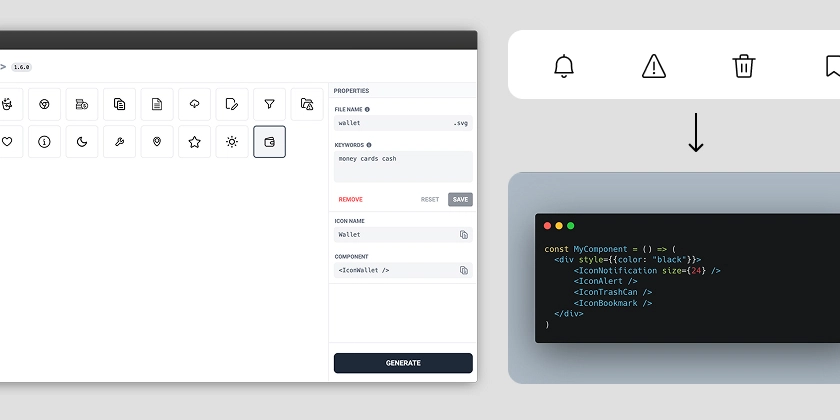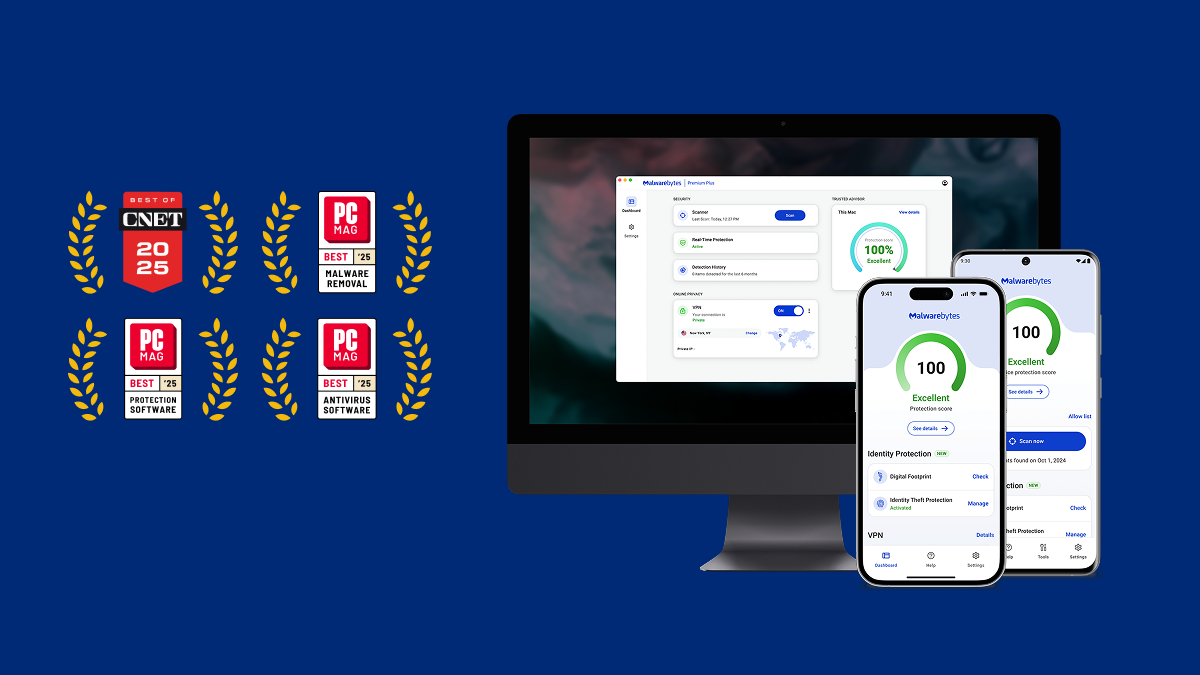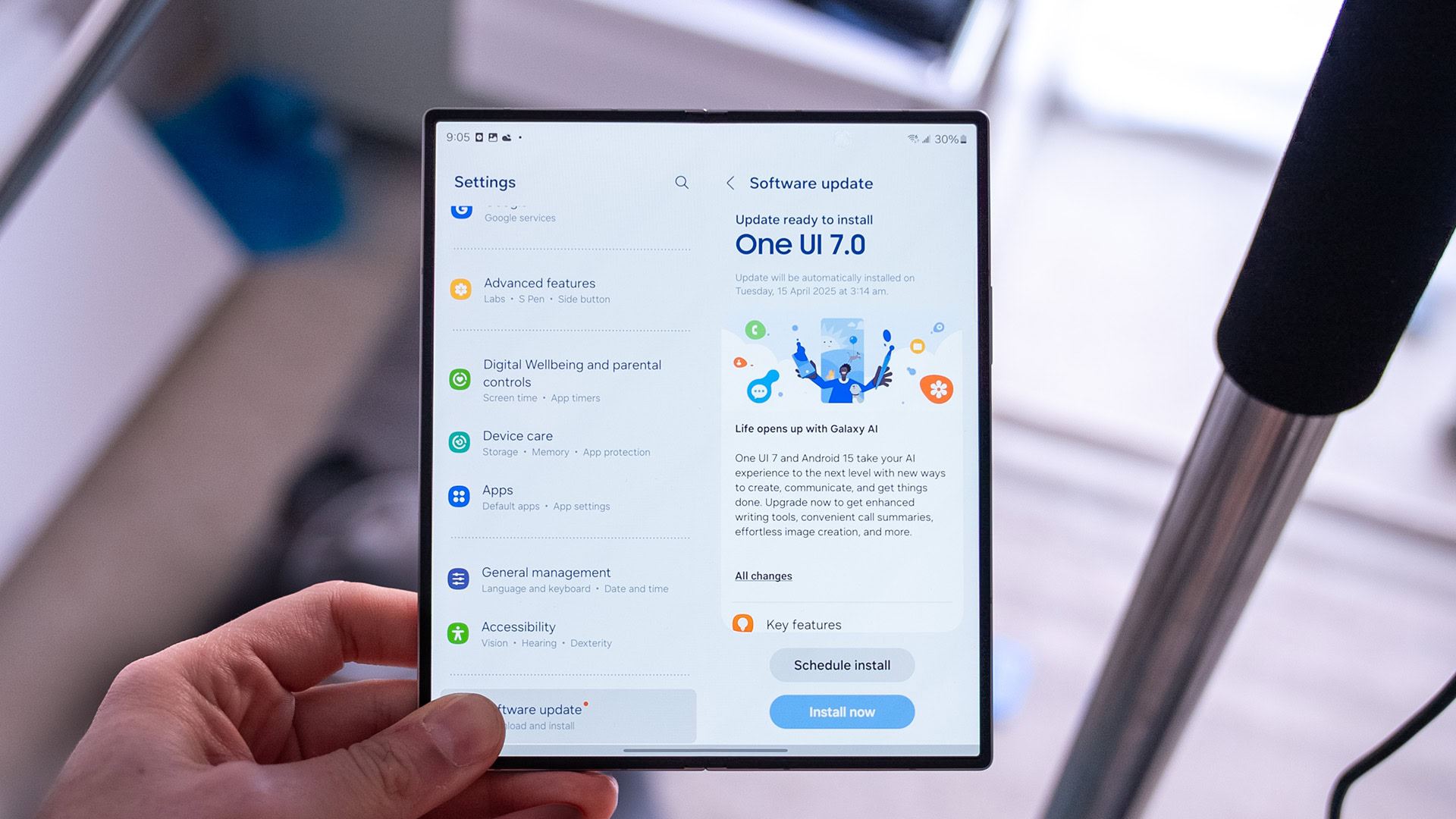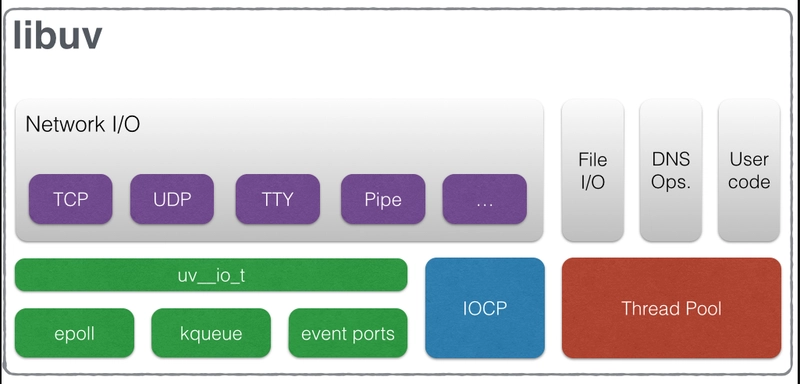How to Modify/Update/Fix Existing C# Code Safely
Here’s a simple guide to avoid new bugs when working with existing code: 1. Use Version Control Create a new branch (e.g., git checkout -b fix/login-bug) before making changes. This keeps the main code safe while you test your fixes. 2. Understand the Code First Read the code carefully. Ask: What does this do? Why was it written this way? Add comments or notes if parts are unclear (but don’t change anything yet). 3. Write Tests First If tests already exist, run them to confirm current behavior. Write unit tests (e.g., with xUnit/NUnit) for the code you’re fixing. Example: [Test] public void CalculateTotal_ValidInput_ReturnsCorrectValue() { var result = Calculator.CalculateTotal(100, 0.2); Assert.AreEqual(120, result); } Tests act as a safety net to catch unintended side effects. 4. Make Small Changes Break big tasks into tiny steps (e.g., fix one bug at a time). Test after every small change to catch issues early. 5. Use Tools to Spot Problems Static analyzers (like Roslyn or ReSharper) highlight potential errors. Enable warnings as errors in your project: true 6. Refactor Safely Use your IDE’s tools (e.g., Visual Studio’s Rename or Extract Method) to avoid manual errors. Follow SOLID principles (e.g., split large classes into smaller ones). 7. Test Again After Changes Re-run all tests (old and new) to ensure nothing broke. Test manually if automated tests don’t cover everything. 8. Review Code with Your Team Ask a teammate to review your changes. Fresh eyes spot mistakes faster. 9. Update Documentation If your change affects how the code works, update comments, READMEs, or wikis. 10. Monitor After Deployment Use logging (e.g., Serilog) or monitoring tools (e.g., Application Insights) to catch issues in production. Golden Rule: Always ask, “Could this change break something else?” Test early, test often, and keep changes small and clear.

Here’s a simple guide to avoid new bugs when working with existing code:
1. Use Version Control
- Create a new branch (e.g.,
git checkout -b fix/login-bug) before making changes. - This keeps the main code safe while you test your fixes.
2. Understand the Code First
- Read the code carefully. Ask: What does this do? Why was it written this way?
- Add comments or notes if parts are unclear (but don’t change anything yet).
3. Write Tests First
- If tests already exist, run them to confirm current behavior.
-
Write unit tests (e.g., with xUnit/NUnit) for the code you’re fixing. Example:
[Test] public void CalculateTotal_ValidInput_ReturnsCorrectValue() { var result = Calculator.CalculateTotal(100, 0.2); Assert.AreEqual(120, result); } Tests act as a safety net to catch unintended side effects.
4. Make Small Changes
- Break big tasks into tiny steps (e.g., fix one bug at a time).
- Test after every small change to catch issues early.
5. Use Tools to Spot Problems
- Static analyzers (like Roslyn or ReSharper) highlight potential errors.
-
Enable warnings as errors in your project:
true
6. Refactor Safely
- Use your IDE’s tools (e.g., Visual Studio’s Rename or Extract Method) to avoid manual errors.
- Follow SOLID principles (e.g., split large classes into smaller ones).
7. Test Again After Changes
- Re-run all tests (old and new) to ensure nothing broke.
- Test manually if automated tests don’t cover everything.
8. Review Code with Your Team
- Ask a teammate to review your changes. Fresh eyes spot mistakes faster.
9. Update Documentation
- If your change affects how the code works, update comments, READMEs, or wikis.
10. Monitor After Deployment
- Use logging (e.g., Serilog) or monitoring tools (e.g., Application Insights) to catch issues in production.
Golden Rule:
Always ask, “Could this change break something else?”
Test early, test often, and keep changes small and clear.










































































































































































![[The AI Show Episode 143]: ChatGPT Revenue Surge, New AGI Timelines, Amazon’s AI Agent, Claude for Education, Model Context Protocol & LLMs Pass the Turing Test](https://www.marketingaiinstitute.com/hubfs/ep%20143%20cover.png)



























































































































![[DEALS] Microsoft Visual Studio Professional 2022 + The Premium Learn to Code Certification Bundle (97% off) & Other Deals Up To 98% Off](https://www.javacodegeeks.com/wp-content/uploads/2012/12/jcg-logo.jpg)

![From Accountant to Data Engineer with Alyson La [Podcast #168]](https://cdn.hashnode.com/res/hashnode/image/upload/v1744420903260/fae4b593-d653-41eb-b70b-031591aa2f35.png?#)








































































































.png?#)



































































































































![Some of the best accessories to pair with your Pixel 9 [Video]](https://i0.wp.com/9to5google.com/wp-content/uploads/sites/4/2024/10/Accessories-Header.jpg?resize=1200%2C628&quality=82&strip=all&ssl=1)


![What Google Messages features are rolling out [April 2025]](https://i0.wp.com/9to5google.com/wp-content/uploads/sites/4/2023/12/google-messages-name-cover.png?resize=1200%2C628&quality=82&strip=all&ssl=1)









![iPadOS 19 Will Be More Like macOS [Gurman]](https://www.iclarified.com/images/news/97001/97001/97001-640.jpg)
![Apple TV+ Summer Preview 2025 [Video]](https://www.iclarified.com/images/news/96999/96999/96999-640.jpg)
![Apple Watch SE 2 On Sale for Just $169.97 [Deal]](https://www.iclarified.com/images/news/96996/96996/96996-640.jpg)


































































































































